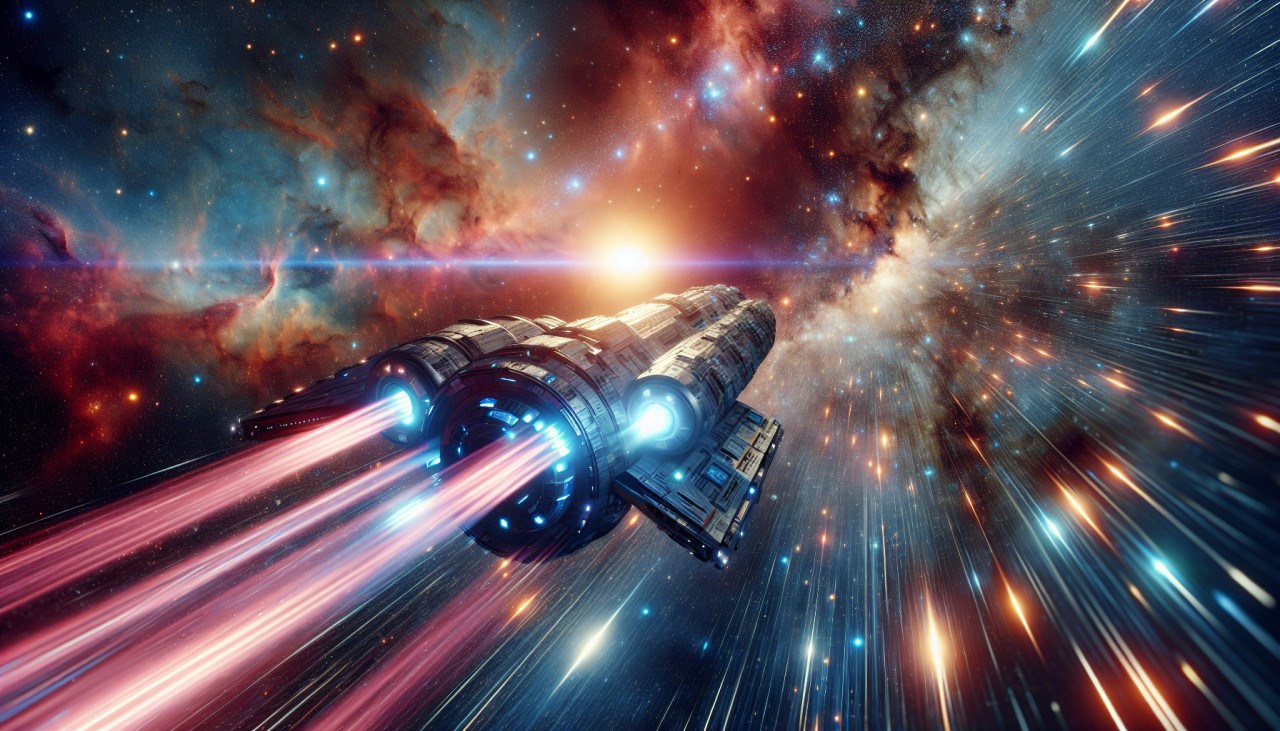


Antimatter propulsion has long captivated the imagination of scientists and science fiction enthusiasts alike, offering the tantalizing prospect of interstellar travel at speeds previously deemed unattainable. The fundamental principle behind this technology is the annihilation of antimatter with matter, a process that releases energy according to Einstein's famous equation, E=mc². This reaction yields an energy density vastly superior to that of conventional chemical rockets. For instance, just one gram of antimatter could, in theory, produce an energy output equivalent to that of a nuclear explosion, potentially propelling a spacecraft to a significant fraction of the speed of light. phys.org
However, the path from theoretical potential to practical application is fraught with formidable obstacles. The production of antimatter is currently an extraordinarily energy-intensive and costly endeavor. Facilities like CERN's Antiproton Decelerator generate only a minuscule amount of antiprotons annually, with costs running into the millions of dollars. Extrapolating from these figures, producing just one gram of antimatter would require approximately 25 million kilowatt-hours of energy, equivalent to the annual consumption of a small city. phys.org Moreover, antimatter's inherent tendency to annihilate upon contact with matter necessitates sophisticated containment systems. To date, the longest successful containment achieved was a mere 16 minutes, involving only a few atoms, far from the quantities needed for practical propulsion systems. phys.org These challenges underscore the significant scientific and engineering hurdles that must be overcome before antimatter propulsion can transition from the realm of theoretical physics to a viable technology for space exploration.